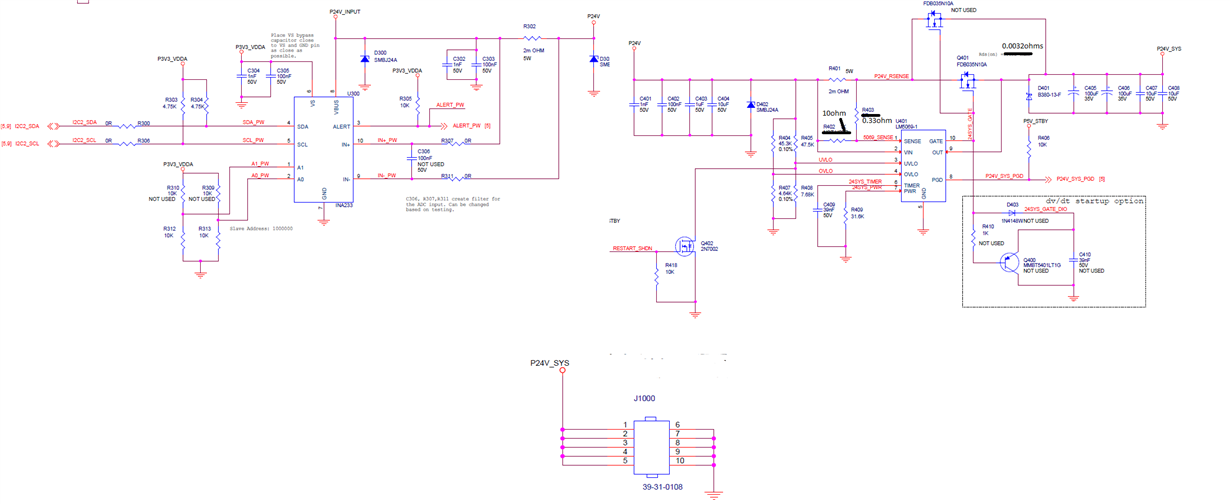Hello,
Is there a way to properly use calibrated hardware to verify the accuracy of the software readings?
I have tried a few methods and there seems to be a larger then 2% accuracy error between the power reading from the INA233 and the calculated value of the Power based on calibrated DMM readings of voltage and current (using a calibrated probe).
Thanks for the assistance!
Karen




